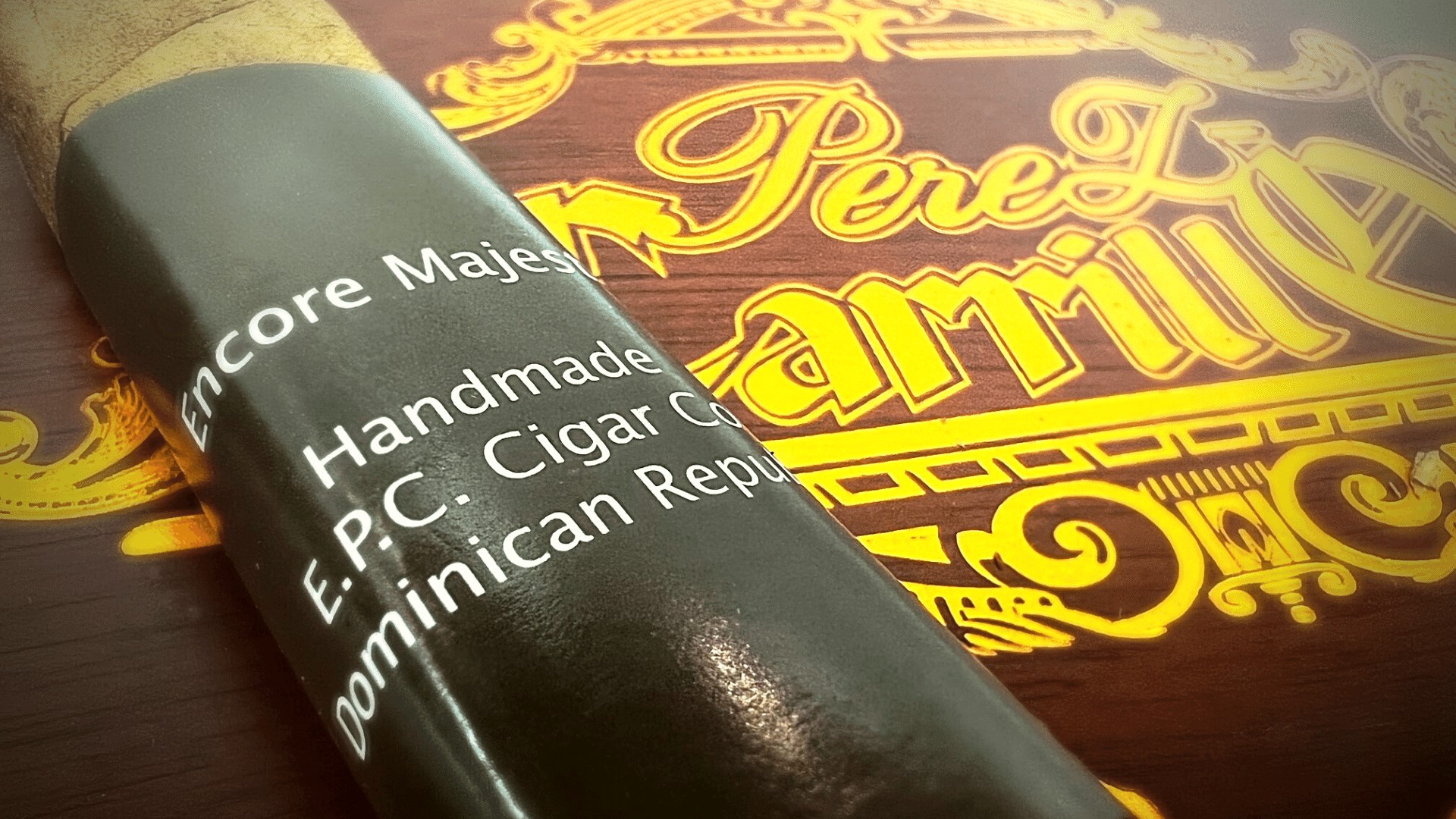UPDATED April 2024
For Canadian cigar lovers, and for many of those working within the premium cigar industry, the recent Canadian government issued Plain and Standardized Appearance [PSA] initiative under the Tobacco and Vaping Products Act [TVPA] has undoubtedly been a challenging pill to swallow.
It has transformed the once intricate and artisanal cigar bands and boxes that we’ve grown to love and appreciate, into something much, much less appealing of a sight to behold.

Under the Act, all traditionally banded cigars, and their accompanying tubes, leaflets and boxes were to be removed from shelves on April 1st, 2022 (the original date of November 9, 2021 was pushed back due to Covid-19). The replacements arrived in the form of standardized cigar bands, tubes, and boxes that are drab brown in colour (officially known as Pantone 448 C) and with a standardized font type (officially known as Lucida Sans in Pantone Cool Grey 2C).
As seen above, in most instances the original cigar band can be found underneath the plain standardized one.
However, at the point of sale its bye bye to the iconic Taino Indian head. Ciao to all the other iconic visual identifiers that we’ve grown to associate with some of these timeless brands.
Sadly, certain cigar shapes, lines and brands have been lost in the shuffle and have disappeared from the Canadian market altogether.
Are There Any Potential Upsides?
Despite this reality, above all we cannot forget that these recent regulations have zero impact on the taste of a cigar and its pleasant aroma.
Zero. None. Zilch. Nada.
Beyond encountering a sea of green-banded cigars on a tobacconist’s shelf, absolutely nothing changes from the time-honored act of enjoying a cigar on Canadian soil.
What’s more, the plain packaging mandate is starting to open up new avenues that will allow cigar makers to include additional valuable information within the print on the generic label.
Under the Consumer Product Packaging Laws [CPPL], a manufacturer is now able to provide more detailed additional information to assist a potential buyer in making a more informed decision and to help verify the authenticity of a cigar with the absence of a logo and original branding. This is potentially a big plus, as today’s info-savvy cigar smoker is one that is increasingly hungry to uncover more of the backstory to what they’re about to smoke.

Here’s an example:
At House Of Horvath in Toronto, Canada, the H Of H line of their cigars have long since been manufactured for them by one of two major companies:
La Aurora (located in the Dominican Republic) and Placencia (located in Honduras).
When Bill S-5 was first passed in parliament on April 23 2019, House Of Horvath was among of the very first Canadian brands to comply and make the jump to generic.
Their original gold coloured H Of H bands quickly disappeared and were soon replaced with the new drab ones – with one major difference – they now informed the consumer that they were manufactured by either La Aurora or Placencia; two big industry names that strongly resonate with cigar smokers all over the world.
Previously, this important tidbit of info was largely unbeknownst to the end consumer at the point of purchase, as the cigar band merely displayed an uninformative logo. Cigar ring gauge and length (which are now also listed on many generic cigar bands) were also previously absent.
Within a short period of time, sales of H Of H cigars began to increase. When a potential buyer began comparing Big Name Brand X’s Robusto, priced at say, $22, to an H Of H Robusto priced at $14 (both long filler cigars in plain packaging with no traditional logos or branding) he or she began to lean more towards going with the more affordable option.
Despite this impending reality, we cannot forget that these recent regulations have zero impact on the taste of a cigar and its highly pleasant aroma.”
Knowledge is Power
The option to provide such new information about cigar origin also opens the possibility to include additional information possibly surrounding wrapper, binder and filler, 3 cigar components that modern premium cigar smokers typically seek out prior to making a decision. Oliva and many US-based cigar manufacturers have already begun incorporating scannable QR codes that instantly pull up all these details and more, right down to the very name of the roller who rolled the cigar.

Conclusions
When you get right down to it, the Canadian tobacconist and consumer have learned to roll with the punches by now when it comes to government regulations regulations. These changes have not only taken place in Canada, but in other Western countries as well, and will likely be a continuing trend in the years to come.
Passionate modern day cigar smokers thirst for knowledge. Once their passion for the hobby takes root, the decision to smoke a particular cigar becomes increasingly shaped by the fine details behind the cigar itself – and not the fleeting appeal of its once shiny colourful packaging.
Turning a negative into a positive by supplying the consumer with increasingly detailed information behind the story of their cigar will be a potential opportunity for Canadian tobacconists to adapt, persist and hopefully thrive within this ever-changing industry of ours.






